The construction and building industry is constantly evolving and the pace of this evolution seems increasingly fast. One major irritant remains, no matter what—and this is true for all stakeholders: cost and deadline overruns. Despite all the breakthroughs in recent years, unforeseen circumstances are an unavoidable fact of any project. The increasingly important technological changes in the field have given us a whole range of new tools with the potential to change how we deal with this issue.
Are the conditions within the construction industry conducive to the development of new methods to achieve improved project management?
What are these cutting-edge technologies claiming to revolutionize the way we do things?
Here is a polaroid of the current state of affairs and some of the promising ways to increase productivity within the reach of all the construction industry’s stakeholders.
OVERVIEW OF THE CONSTRUCTION SECTOR
Globally, the productivity level of the industrial sector has increased by about 30% over the last decades. That of the construction sector, however, remained essentially unchanged. When it comes to the information digitization index of all economic sectors, construction ranks near the bottom, just ahead of agriculture. At the other end of the spectrum, unsurprisingly, IT and media are at the top of the list. This is a significant anomaly for people who consider that new technologies are a shift towards information management.
A study of a sizable sample of major projects indicated that the vast majority of them are plagued by cost overruns of roughly 80% of the initial budget. The average schedule of the projects analyzed is also, on average, delayed by about 20 months. Those metrics alone are enough to make any project manager’s hair stand on end.
What we have, as a result, is an industry whose productivity level is stagnant, yet has enormous potential to digitize and therefore improve its processes. While another study has shown that involving new Building Information Modeling (BIM) technologies provides a superior return on investment, why is its widespread adoption so slow?
The construction industry is inherently highly competitive. As a general rule, competition usually stimulates innovation and creativity, but the flipside of that coin is that it eats away at the profit margins of contractors whose operating and labour costs are high. The result of such tight margins is that very little is invested in research and development (R&D). The typical R&D budget in the construction industry is less than 1%, which is tiny in comparison to others. For comparison, the automotive and aerospace industries typically invest between 3.5% and 4.5% of their total budgets in R&D. Such tight margins also mean that contractors have very little appetite for the risks associated with implementing new methods and tools.
This logically leads to a burning question: how can new technologies prevent building site cost overruns and improve the productivity of this sector?
BIM USAGES
As a corollary, another question is raised: how can the risks linked to changing processes be reduced while also fostering the adoption of new technologies that are widely beneficial to all the stakeholders in a project?
Studies have shown that adopting BIM processes in an organization can yield a considerable return on investment. Here is a breakdown of the quantitative benefits of applying BIM on a construction project from research by the McWhorter School of Building Science:
- Up to 40% of unforeseen budgetary changes eliminated;
- Accuracy within 3% in cost estimation;
- Estimates can be produced up to 80% faster;
- Savings of up to 10% of the contract value through clash detection;
- Times savings of up to 7% on the project’s timeline.
It is easy to see how integrating some of these technologies into a BIM process can benefit companies and even more so to clients and owners/operators.
Here are a few concrete examples of the way new technologies can reduce costs and mishaps while improving the conditions in the construction sector.
SURVEY AND SCAN TO BIM

Image 1. Laser survey
One of the very first steps in a project is surveying the existing conditions. Thankfully, nowadays, there are tools that are much more performant than pen and paper. Those tools enable one to quickly —and with unprecedented precision— assess a construction site’s existing conditions. This allows designers to reference those conditions without having to visit the site in person.
“ We need the individual dimensions of each stone in this 5-storey facade. Here’s your pad of graph and a marker. Take your time but hurry up! ”
True story of a surveyor imbued with a concern for a job well done.
Take photogrammetry: this technology makes it possible to survey complex constructs so that they can then be precisely imported into a modeling software. Moreover, a remotely operated, drone-mounted camera can now replace lengthy manual measurements.
Elsewhere, point cloud scanning can be used to quickly digitize the geometry of interior or exterior volumes. Such surveys, once they are integrated in conceptual models, allow to lay down the bases of existing conditions.
Integrating the information surveyed on-site can then be carried out in visualization or 3D modeling tools directly in the offices of the stakeholders, thus avoiding lengthy on-site visits.
We suggest you read the following article for an in-depth case study analysis: 360° innovation for building your projects.
ESTIMATE
One of the most direct paths to the reduction of on-site mishaps is a detailed cost and quantity estimates and BIM’s potential usefulness for estimates is staggering. By first building a digital twin, assessors can access all the information they need to accurately quantify the building’s various elements.
Surfaces, volumes, quantities, and costs can be extracted from a model more rapidly and precisely than with traditional tools. What’s more, the information residing inside a model evolves alongside the design and modifications that are made as the construction progresses. This yields a clear picture of the various cost issues throughout the numerous phases of a project.
CLASH DETECTION

Image 2. Clash detection in Autodesk Navisworks
Coordinating the various trades and stakeholders on-site is undoubtedly one of the most critical aspects of cost overruns. Knowing what’s in its right place and what’s not before it happens is the most efficient path to savings on a construction site. Countless construction professionals have anecdotes whose punchline is invariably “If only we’d seen that ahead of time!”. This is where the digital model makes its entrance. Using modelled data allows us to see systemic conflicts before they actually occur on-site.
Applied concretely, clash detection is a powerful tool to have in one’s toolbox. Volumes for access zones that need to remain free can be set aside in models. Clearance spaces can be provided and planned for all along the design phase.
And the benefits are not limited to that tool’s capacities, either. Clash detection combined with other technologies becomes an important asset for cost-conscious contractors.
A laser scanner survey gives us the exact location of existing elements. Once this is integrated in the model, a comparison can be carried out to identify discrepancies with planned elements and, consequently, adapt the rest of the work to be done without further delays.
CASE STUDIES

Image 3. Aquarium Hilton Garden Inn, Atlanta
One of the examples cited in the McWhorter School of Building Science study mentioned above is a project carried out in the ArchiCAD modeling software. The project team held weekly constructibility meetings through the entirety of the project. During those meetings, stakeholders used the clash detection reports produced in Navisworks to coordinate the upcoming work.
This process detected and coordinated 590 important conflicts before they happened. The savings realized thanks to this clash detection process amounted to $800,000 over the entire duration of the project. Additionally estimates have indicated that several months of delays were also avoided.
Besides making fewer on-site changes, designers reported that despite the complexity of the project, the foundation’s 3D modeling allowed the formwork contractors to properly estimate and execute their mandate without overruns.
PROBLEM LOGGING

Image 4. Conflict monitoring in Autodesk Construction Cloud
Alongside clash detection, another type of tool is very useful in the toolboxes of building site stakeholders. The ability to instantly monitor any conflict or problem on the go is a very real asset. The end of the paper era is nigh with the advent of mobile and online monitoring solutions, and so is the era of red pencil modifications in a physical plan book.
“ Take a picture of the red notes on the plans with your phone and email them to yourself to fix them at your desk. Don’t forget to come back and use a marker on the red notes when you’re done. We don’t want anyone else to retouch. ”
Extract from the nightmare of a poor draftsman who’d rather dream about a tracking platform.
Over the years, the people whose job it is to see a project to its completion have developed several monitoring solutions. Today, on-site problems can be identified and shared instantly with the concerned stakeholders thanks to the now-pervasive access to mobile data. A follow-up process of the created tasks can then be logged to gain real-time progress and create a continuity schedule of the issues raised and resolved.

Image 5. Problem visualization on the BIM Track platform
Thanks to these platforms, on-site teams have access to powerful tools to create progress reports that allows everyone to know exactly where the project stands at any given moment. That way, they can prioritize the resolution of the most pressing issues and maximize the impact of their time.
CONSTRUCTION ACTION PLAN (PLAN D'ACTION POUR LE SECTEUR DE LA CONSTRUCTION (PAC))
Announced in March 2021, the Plan d’action pour le secteur de la construction (PAC) aims to maximize the investments and implementation of the Quebec Infrastructures Plan by capitalizing on the digital shift to increase the productivity of Quebec’s construction industry.
Government roadmap for Building Information Modeling
Notwithstanding the people who are directly involved on a construction site during the design and construction phases, the stakeholders who stand to gain the most from BIM technologies are the owners and the operators. Having access to an asset’s digital twin yields countless possibilities for the effective management and maintenance of the real asset.
It is with this goal in mind that several of Québec’s public contractors unified their vision of the future of building, civil infrastructure and industrial assets projects.
In an industry where an increasing number of opportunities to leverage the value of new technologies present themselves, such an initiative is a major driver of change.
CONCLUSION
Clearly, all the required factors for an increase of Québec’s construction industry’s productivity through digital technologies are in place. The conjunction of the public contractor initiative and the increasing adoption of BIM solutions by industry stakeholders to improve their efficiency create the perfect conditions for a sea change.
Being able to anticipate problems on-site before they even occur to ensure a rapid resolution has never been more relevant.
The old ways of doing things in the construction industry are being revolutionized as we speak and all there is to do is go with the flow. All that is required to achieve this is to forge ahead and enlist the people with the skills and knowledge to facilitate change. The only outcome for the construction industry is a positive one when its stakeholders cooperate to make these increasingly present and accessible opportunities come true.


